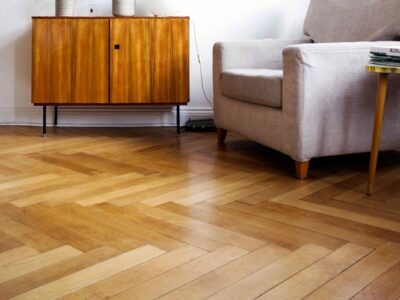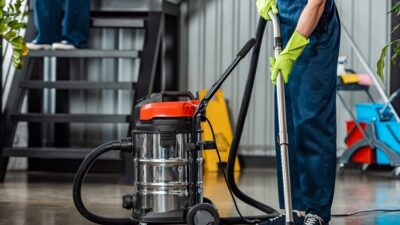A suitable fabric protectant is essential to the upkeep and longevity of your outdoor furniture. It stands up to rain, snow, sleet, and all sorts of weather that can potentially damage your expensive outdoor fabrics. This article will discuss how to choose a suitable fabric protector for you and what factors should be considered when deciding which one is best for you.
Fabric protectants are available in spray, pump, and wipe-on forms. All types protect from water damage, but each has special features to consider when shopping for the right product. Choosing the wrong fabric protector will cause more problems than it will solve in the long run. You want a product that’s non-toxic, environmentally friendly, and pet friendly for those with dogs. You also want a cleaner that’s safe to use on all types of upholstery fabrics, as well as the plastic coating found on furniture legs.
You can find fabric protectants at any home improvement or specialty outfitting store. Look for products from reputable manufacturers who have been in the industry for many years.
Before you buy anything, be sure to ask the store representative what the product is best used for so you don’t purchase something that can’t perform its intended function or may end up making your problem even worse. For example, be wary of protectants that are marketed for both outdoor and indoor furniture.
If you have an outdoor area, the suitable fabric protector will be water-resistant with UV protection to prevent fading due to sun exposure. It will deliver superior soil resistance, ensuring the upholstery always looks its best after being left outside overnight or through a particularly nasty storm.
If you have an indoor patio or deck, look for a cleaner specifically designed for indoor upholstery. It will be water-based and not oil-based, with fewer harmful solvents than its outdoor counterpart.
The next consideration is the fabric type. Many protectants are safe to use on indoor and outdoor fabric, but be sure to ask the store representative before you buy. Here’s a list of common materials:
• Vinyl: Vinyl fabrics are durable and often used for indoor furniture and appliances. The best protectant for this material will provide UV protection while repelling water and stains.
• Olefin: Olefin fabrics are made of polypropylene and are resistant to both tears and stains. Products that are water-based work best on this material, even though it will repel liquids.
• Wicker: This material is typically used in indoor furniture and requires a cleaner that’s gentle enough for use on wood finishes yet can deliver serious surface protection.
• Outdoor Cushion Fabric: These fabrics are typically acrylic and olefin and can be cleaned with a mild detergent such as Woolite or other products specifically designed for use on upholstery.
It would be best to ask about the product’s longevity when considering which cleaner to buy. Some cleaners will only last a few months, while others will offer up to a year’s worth of protection.
Look for a product with UV inhibitors and be sure it doesn’t contain any silicones, waxes, or polymers, as these ingredients can make fabrics appear shiny and cause them to attract dust. The cleaner should not leave behind an oily residue either, as this will attract dust and dirt.
Fabric protectants are available in spray, pump, and wipe-on forms. All types protect from water damage, but each has special features to consider when shopping for the right product. Choosing the wrong fabric protector will cause more problems than it will solve in the long run. You want a product that’s non-toxic, environmentally friendly, and pet friendly for those with dogs. You also want a cleaner that’s safe to use on all types of upholstery fabrics, as well as the plastic coating found on furniture legs.



















Comments